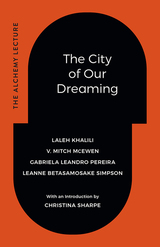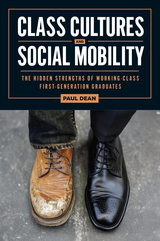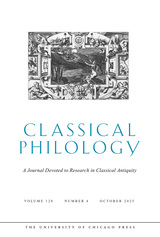
Ever since Dolly, the Scottish lamb, tottered on wobbly legs into our consciousness-followed swiftly by other animals: first, mice; then pigs that may provide human transplants, and even an ordinary house cat-thoughts have flown to the cloning of human beings. Legislators rushed to propose a ban on a technique that remains highly hypothetical, although some independent researchers have announced their determination to pursue the possibilities. Political scientist and well-known expert on reproductive issues, Andrea L. Bonnicksen examines the political reaction to this new-born science and the efforts to construct cloning policy. She also looks at issues that relate to stem cell research, its even newer sibling, and poses a key question:
How does the response to Dolly guide us as we manage innovative reproductive technologies in the future?
Various legislative endeavors and the efforts by the Food and Drug Administration (FDA) to oversee cloning, as well as policy models related to federal funding, individual state laws, and programs abroad, inform Bonnicksen's identification of four types of cloning policy. She analyzes in depth the roles of diverse interest groups as each struggle to become the dominant voice in the decision-making process. With skill and insight, she clears the mists from a complicated topic, and addresses the legal, political, and ethical arguments that are not likely to disappear from the national conversation or debates any time soon.
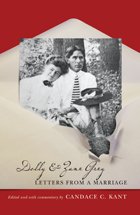
Popular western writer Zane Grey was a literary celebrity during his lifetime and the center of a huge enterprise based on his writing, which included books, magazine serials, film and stage versions of his stories, even comic strips. His wife, Dolly, closely guided Grey's career almost from its beginning, editing and sometimes revising his work, negotiating with publishers and movie studios, and skillfully managing the considerable fortune derived from these activities.
Dolly maintained the facade of a conventional married life that was essential to Grey's public image and the traditional middle-class values his work reflected. This facade was constantly threatened by Grey's numerous affairs with other women. The stress of hiding these dalliances placed a huge strain on their relationship, and much of Zane and Dolly's union was sustained largely by correspondence. Their letters--thousands of them--reveal the true nature of this complex partnership. As edited by Candace Kant, the letters offer an engrossing portrait of an extremely unorthodox marriage and its times.
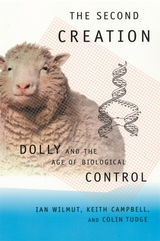
READERS
Browse our collection.
PUBLISHERS
See BiblioVault's publisher services.
STUDENT SERVICES
Files for college accessibility offices.
UChicago Accessibility Resources
home | accessibility | search | about | contact us
BiblioVault ® 2001 - 2025
The University of Chicago Press



